Make money doing what you enjoy by creating maps
Start with your "Why"
Many Mapotic users are creating maps in order to map what’s important to them, or to share it with others and connect with people that have similar interests.
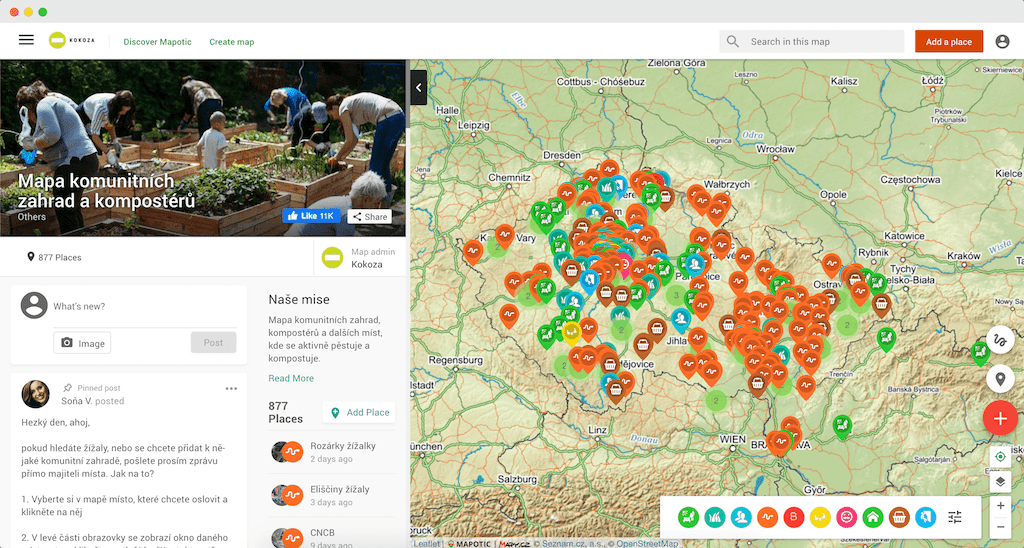
A large number of books have been written on the subject of successful projects and businesses, not only in the world of startups. One of the most famous books is Start With Why by Simon Sinek. It describes how to successfully carry out the plan of whose mission you are so internally convinced of that you are able to overcome all possible failures on the way to the goal.
Other important guidelines are, for example, a Lean Canvas (or a Value Proposition Canvas), which will help you summarize your ideas, compare your idea with other existing projects, and also give you a basis for possible future negotiations with project sponsors, partners, or investors.
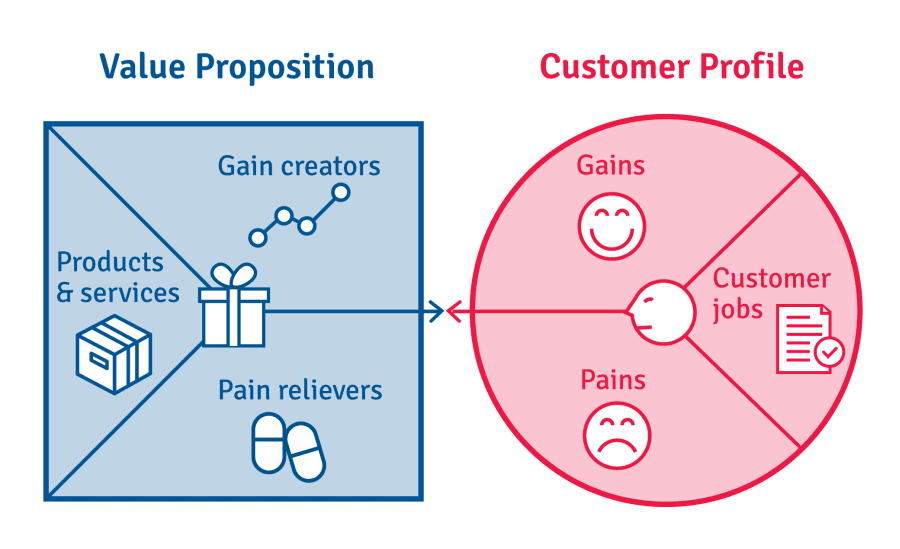
What types of projects is Mapotic suitable for?
Most prosperous and active long-term projects can be divided according to the motivation for their establishment into the following groups:
- Hobby mapping
- Preparation and searching for information for trip planning
- Monitoring socio-economic and environmental problems and visualizing their occurrence on a map
- Mapping places important for a certain human activity
- Creating maps combining supply and demand
- Visualization of data that is important for business or entrepreneurship
We have been involved in creating maps for dozens of projects where maps play a key role. Many of them have been successful from the very beginning, others have failed to start. Their authors mostly ran out of enthusiasm and strength before they managed to activate the target community. Another type of map is called “one-time ones”: e.g. trip planning, activities during your stay on holiday (visits to monuments, entertainment events, etc.).
We have noticed that long-term successes often have several characteristics in common:
- Behind the project is a person, community, or organization that has been dedicated to the area for a long time and is very enthusiastic.
- When creating maps, these administrators need more than just to display points – most often the involvement of users in the creation of content or the possibility of evaluation, a more complex structure of information, categorization and filtering of places, etc.
- Over time, new content is added and old content is updated regularly.
- The map allows external or internal users to make better decisions, whether around leisure activities, environmental, or business issues.
Mapping the competition
The first step before starting most projects is to search for similar projects and competition. Depending on the type of project, search locally within your own area/state, or look for larger projects around the globe.
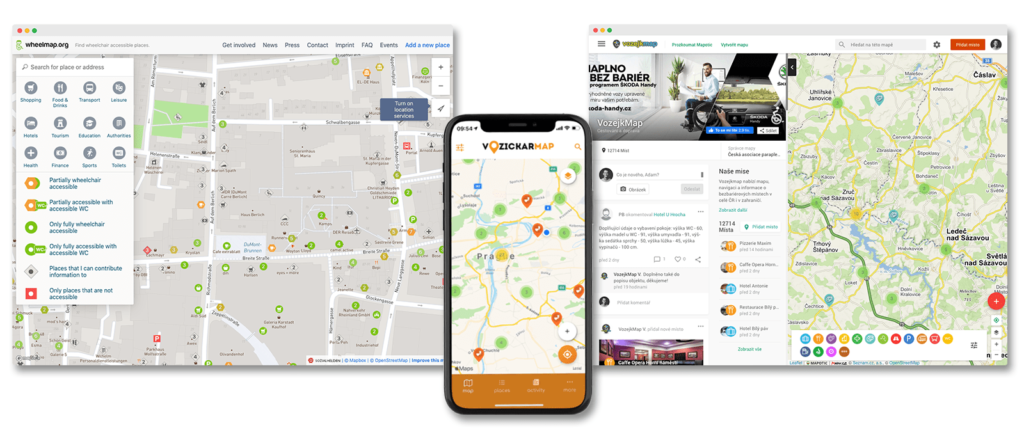
To find out how your competition is doing, Google is all it takes to get started. Asking the right questions about your project topic will guide you to what you need to know. It is also suitable to use comparison platforms such as ProductHunt or AlternateTo, etc. Write down everything that is directly or marginally related to your project and examine the best ideas of the competition in detail – you should find plenty of reasons to start a new project or map. You can also use the above segmentation map or Lean Canvas.
Determining the size of the market
Furthermore, it is good to know how big the market is in the given sphere, how many people (potential clients) can participate in it, or how much purchasing power they have. This information will be especially useful when negotiating with potential partners, investors, or competitors.
In addition to using search engines, it’s a good idea to go through Facebook pages and groups and get an overview of the biggest ones that somehow relate to your future project. These can serve as a good resource to acquire people who may be interested in your project in the future. It’s good to know the biggest players in the industry or think about who could benefit from the visibility of people and companies dealing with a given issue or activity. Manufacturers of goods or companies that would like to reach people from the group are looking for enthusiastic employees.
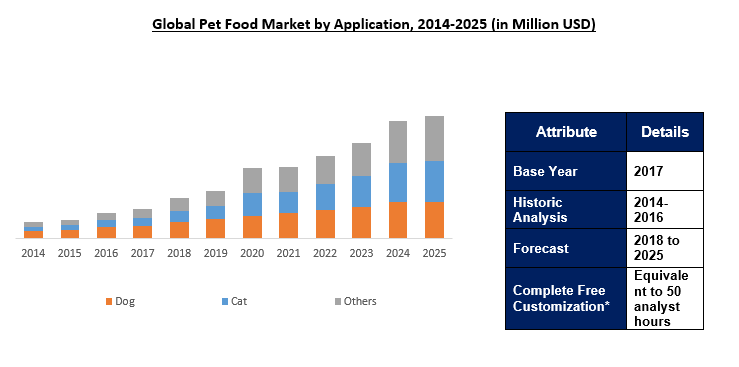
If you are looking to externally finance the project, potential sponsors or investors are likely to be interested in more information about the size, possibilities to advertise, or brand visibility. Therefore, you definitely should not underestimate the preparation of presentation materials.
Creating maps with your heart and with full commitment
Many creators of successful maps have been active in the field both offline and online for a long time. In most cases, they have a strong bond with their topic, are dedicated to it, and approach spreading the knowledge in their field as their mission. (see Start with Why).
Put together quality content that will interest people
We do not recommend copying texts, as it is always better to have content that is new and unique, or to at least copy similar content in your own words. Also, you should take full advantage of all the possibilities that maps provide you with – you can have many attributes and parameters for each place. In addition: the better you structure the information, the better visitors will be oriented in the map and the more the map will be visible in search engines.
Before you show the map to others or start sharing it, you need to reach a certain limit of “minimum attractiveness”. People are overwhelmed with information today, so if you show them an empty map with a nice name, they may support you with a kind word, but don’t expect them to start adding content (no one wants to be the first), rate it, or recommend the map to others.
Depending on the type of project, the map makes sense and benefits others if there are at least dozens, but ideally hundreds of places. You can add them either manually, or by first preparing them in a table (xls, spreadsheet, etc.) and then importing them. Maps or databases already exist freely for different areas of human activity and for different fields. Otherwise, the founder has stopped managing them, and then it’s worth contacting him and asking him if he would provide you with the data. It can then be imported into your Mapotic map in bulk.
Attractive images or videos can raise the level of the map and bring in more visitors. It can be inserted into the map directly from YouTube.
Promotion/how to get the map to more people
Whether you have a free map, a map on your own domain, or a mobile application, you want it to reach as many people as possible in most cases. Here are a few of our tips that may help you:
- Quality and unique content – will get you to a higher position in search engines.
- Social networks and groups – don’t spam groups, but contact their administrator. Ask them if they like your project enough to link to it in the group.
- App Store – a good name, screenshots, and description on the App Store can bring you new users.
Impact measurement and useful statistics
Running a project without statistics is like driving a car blindfolded. In order to take the right media and marketing steps, you need to know the traffic, the number of events that have taken place on your map, and trends or reactions to sharing.
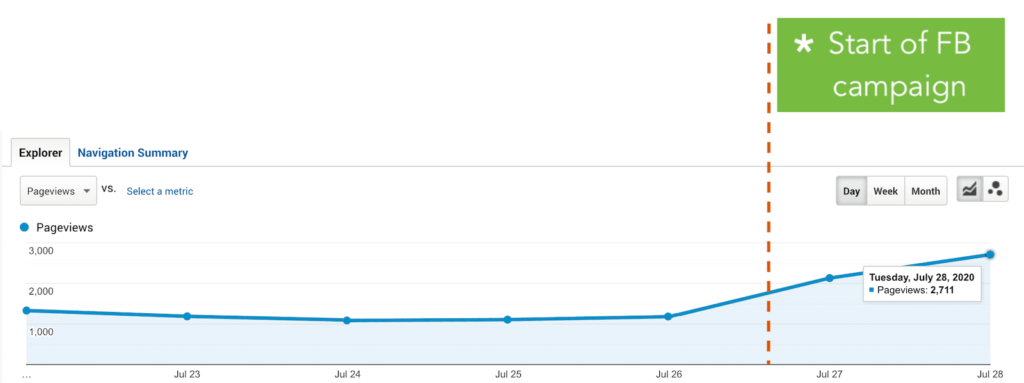
Sponsors and advertising
It is important to think about why the sponsor or partner should contribute to the project. Usually, it can be for visibility in front of the right target group, or a contribution to the right project, which can be used in media communication and promotion. In this way, it is possible to improve brand awareness among existing or new clients.
The logo of the sponsor or partner can be placed in the header of the site, implemented in a more sophisticated way when uploading the map in the background, or we recommend placing “Sponsored by” under the project logo. In the premium version of Mapotic, you can, among other things, add the sponsor’s logo when uploading the map, to the project header, to the about page, etc.
Promotion is also possible directly on individual sites. Within them, you can link to related sites with greater commercial potential (e.g. Eshop). Alternatively, it is possible to establish a special category for the sponsor for an agreed period of time. For example, you can add a special “Pilsner Urquell for Refreshment” category on the bike route map.
Donation
The mobile application, in turn, allows you to run targeted advertising that is aimed towards a specific space. We use Google Firebase and Adwords, so you can use the power of these tools. Links to services such as Double the Donation, Click and Pledge, and Fundly can be placed in the project. The project can also be linked to crowdfunding and other platforms.
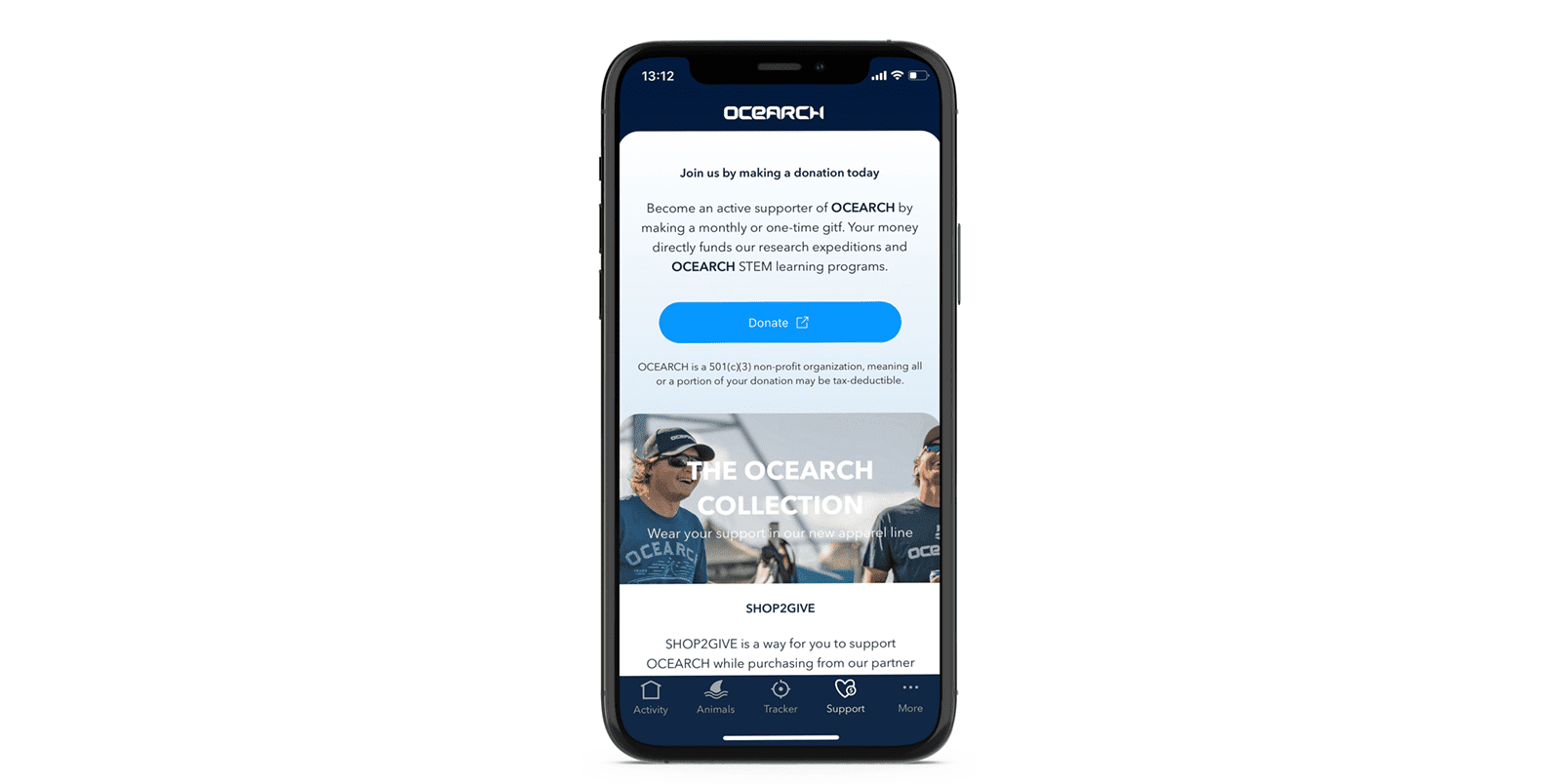
Examples of successful projects creating maps
Vozejkmap: A web map and mobile application with more than 12,500 barrier-free places in the Czech Republic.
Mapko: A map of places connected to composting and cultivation in the city. You will find everything from community gardens to a neighbor who will give you a few earthworms for your compost.
Swimplaces: A map of non-traditional places for swimming in nature
Ocearch: An application and web map for tracking sharks live
Expats: A map of Czech scientists abroad
Bitperia: A map of traders in the Czech Republic who accept payments in cryptocurrencies
SentCrypto: A non-public map that the user can access after payment
Table of Contents
You might be also interested
More user activity stats for map administrators 🪄
To give map administrators a better overview of the content users have contributed to their map, we recently updated the Followers section with more statistics
Enhanced collaboration roles
We have recently updated the Users & Permissions section in the Mapotic Map Builder. The UI when adding map administrators or users with access to
New feature: Labels
The newest addition to the list of Mapotic attributes is called Label. It can be used to add additional labels (tags) to a place, route